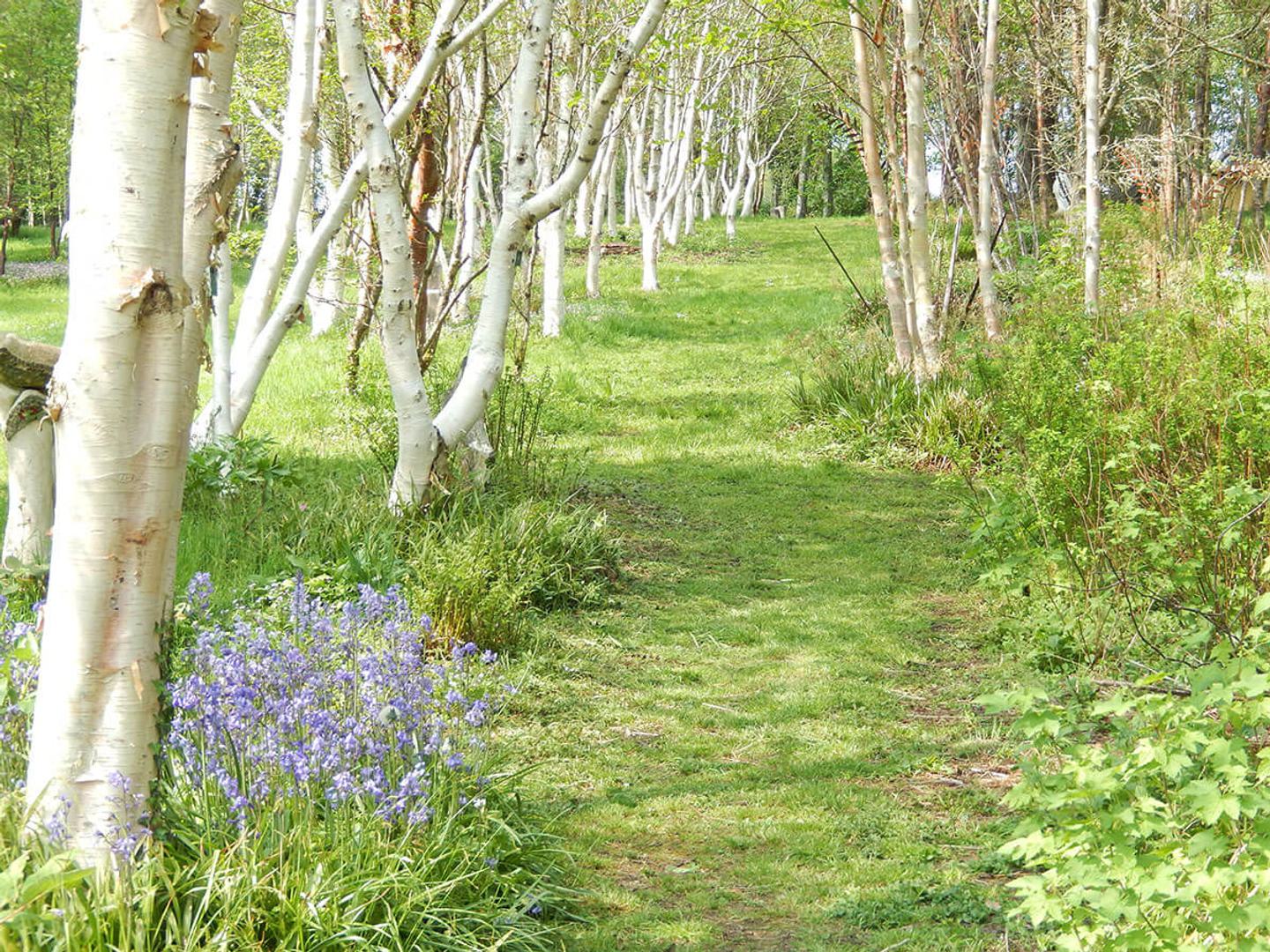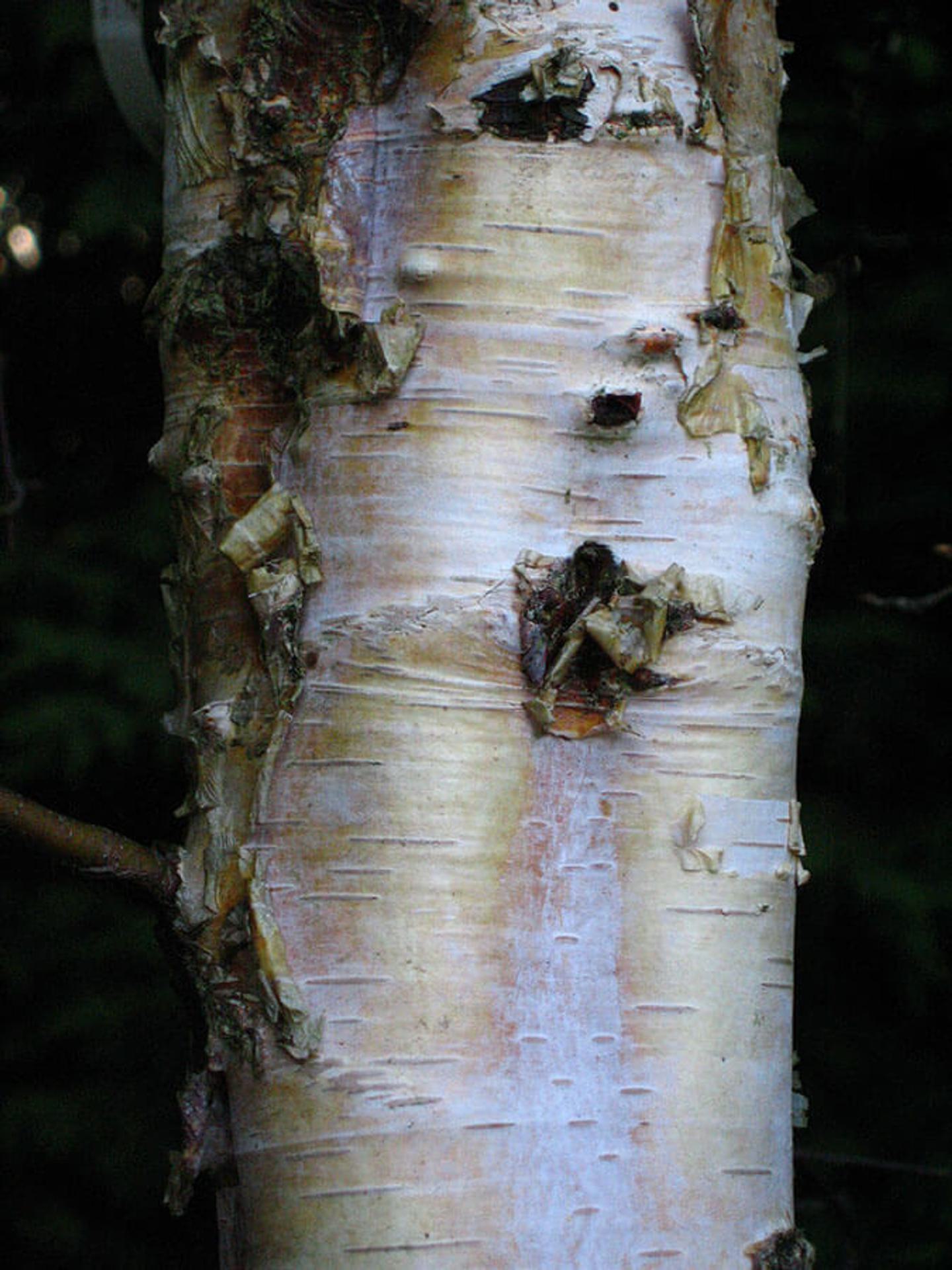Blog
Wonderful White Birches
22nd Jan 2024

Birch are one of the most common tree choices of gardeners and landscape designers and justly so. They are “friendly” trees that happily co-exist with other trees and plants. They look beautiful throughout the year, especially in autumn and winter, with their beautiful autumn leaf colour and striking bark. This makes them an excellent choice to make architectural statement or garden centrepiece.
Birch are super adaptable trees, that will grow in most sites, with sufficient space and light. As softwoods they don’t recover well from pruning, and they like to have their heads in the sunshine. All white birches begin life with brown bark and then develop their mature colour within a few years.
If you wish to encourage wildlife, our native Silver Birch, Betula Pendula is the birch for you. It has small leaves that give a light dappled shade, and turn a beautiful yellow in autumn, while the branches hang gracefully at the tips once mature-hence the Latin name “pendula”. Plants grown from seed can vary in bark colour, but are typically silvery white, with occasional dark patches and full of character. It is highly valued in native tree plantings, where it supports many insects and associated wildlife and helps shelter the slower growing species from the extremes of our weather.
There are several distinct selections of Betula Pendula which add to its popularity. These include B. Youngii, whose weeping branches will touch the floor unless pruned, B. Tristis, which is small, spreading dome shape, and a well named thin, compact tree called B. Obelisk. Note: Our other native birch, B.pubescens, has many similarities but is a little smaller, with a less weeping habit. It is a good choice for a damp site.

Himalayan birches are well known for their beautiful bark. The most popular are B. utilis and the many utilis sub species, which originate from areas in and around the vast Himalayan Mountain range. The most widely planted are the “white barks”, such as B. Jacquemontii and “Snow Queen”, which is also known as “Doorenbos”. These are the “whitest” birches and are difficult to distinguish from each other once mature. The main difference being that “Snow Queen” gains its white colour at an earlier growth stage.

Betula Utilis “Albo Fascination” is another stunning tree. As the older bark peels, the new “under bark” shines though in colours ranging from rich brown to amber or even pink, before whitening with age. B Utilis “Long Trunk” is a distinct and useful shorter growing selection, which grows as wide as it grows tall, so these needs space to spread.
All Himalayan birches have attractive bright green leaves.
Note: Himalayan Birch bark peels in parchment-like sheets and was used centuries ago in India as paper for writing lengthy scriptures as far back as the 3rd and 4th century CE.
Birches are stunningly beautiful. Few trees that can match a well-placed white birch, or group in a garden or an urban landscape and the sight of our native silver birch, caught in the autumn sun surrounded by golden bracken is a memorable one.